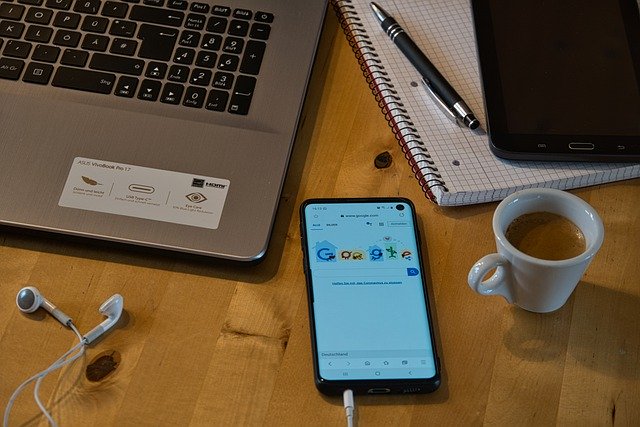In her book Happiness Becomes You: A Guide to Changing Your Life for Good, Tina Turner identifies a number of ways to achieve our full potential and realise happiness in our lives. In a previous post I discussed how she chanted the Nam-Myoho-Renge-Kyo mantra as a way to tap into her fundamental Buddha nature which releases “limitless courage, wisdom and compassion” to overcome any obstacle or challenge in life. However, along the way she encountered the pull down to a lower life condition created by negative self-stories.
Tina experienced negative self-talk that saw her as not beautiful, not talented, or too fat. These messages were reinforced by her interpretation of her mother’s behaviour – her neglect and desertion as well as her preferential treatment of her sister. We can each develop specific negative self-talk through our experiences of the words and behaviour of our parents, our “friends”, classmates, teachers, or the community generally.
When we entertain these thoughts, they begin to have a life of their own and can be a powerful pull away from the realisation of our potential and our happiness. The strength of these negative thoughts, as in Tina’s case, can be reinforced by the press and/or social media which can be particularly unkind, hurtful, and damaging to self-esteem.
Overcoming the negative self-talk
Tina’s Buddhist beliefs enabled her to see the good in everyone, including herself – to understand the inherent Buddha nature of everyone. This strong belief in the core value and worth of everyone, which can have its origins in any philosophy or religion, can be a strong antidote to negative self-talk.
A key strategy that Tina employed and that is advocated by mindfulness experts such as Jon Kabat-Zin is to assert that “we are not our thoughts” – that we are much more than our limiting self-talk. This recognition and constant affirmation are powerful ways to break free from the holds of negative self-perception.
Tina reaffirms the positive energy and self-talk that is generated by chanting the powerful Nam-Myoho-Renge-Kyo mantra or other forms of mantra singing. The vibrational energy and resultant healing in mantra singing are confirmed by neuroscientists. Tina maintains that we can each have our own preferred way of tapping into positive energy whether that be singing, listening to music, observing nature, walking or exercising. The important process is to find a way to replace the disabling energy of negative self-talk with the powerful energy of whatever stimulates positive energy and resonance for us.
Reframing our difficulties and challenges
Despite our best efforts to generate positive energy, we can be thrown off balance by life-changing difficulties or challenges such as illnesses, loss of a job, death in the family, deterioration of another family member or other forms of emotional overload. Workload and the challenges of being a carer can add to the tendency to lose our balance and develop negativity.
Tina draws on the work of Nichiren and his restatement of the Buddhist concept of “changing poison into medicine” – turning challenges and setbacks as opportunities for learning and to grow stronger, enhancing our “courage, wisdom and compassion”. When she was about to perform after a night of celebrating the close of a very successful music tour, she was low in energy and high in reticence but found the strength to do her chanting and remind herself that hidden treasures lie in life’s challenges. She went on stage to conduct a highly successful event. She did not let old habits and negative self-talk destroy her positive energy but overcame them through chanting and waking up to the beauty in her life, including the pleasure on people’s faces when they heard her sing.
Reflection
Tina presents a positive approach to dealing with negative self-talk and life’s challenges and setbacks and demonstrates in her own life how to turn your life around, develop resilience and achieve sustainable happiness. There is a general consensus that chanting mindfully is itself a form of meditation that can enhance our capacity to be present in the moment, enrich our inner landscape and increase our inner strength. As we grow in mindfulness, we can experience the ease of wellness, the energy of connectedness and the insight to pursue out life’s purpose and passion.
Tina’s book is enlightening, engaging and enriching. It’s readability and attractiveness is created by her rich story-telling, her openness and her vulnerability.
__________________________
Image by Kanenori from Pixabay
By Ron Passfield – Copyright (Creative Commons license, Attribution–Non Commercial–No Derivatives)
Disclosure: If you purchase a product through this site, I may earn a commission which will help to pay for the site, the associated Meetup group and the resources to support the blog.









